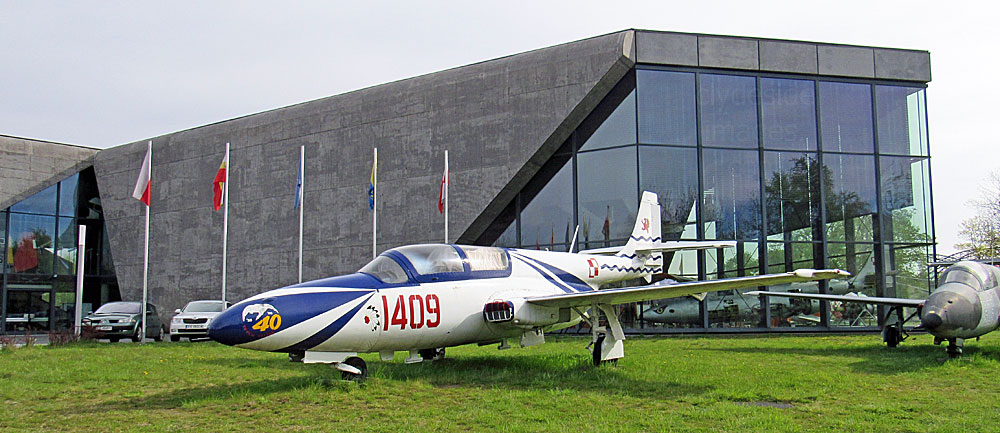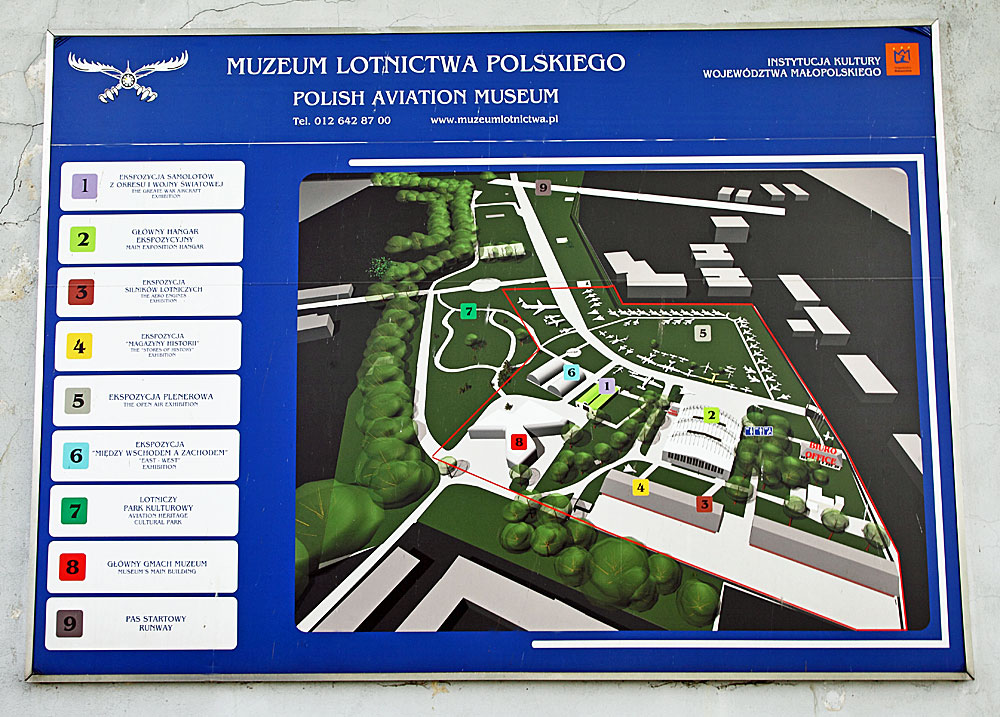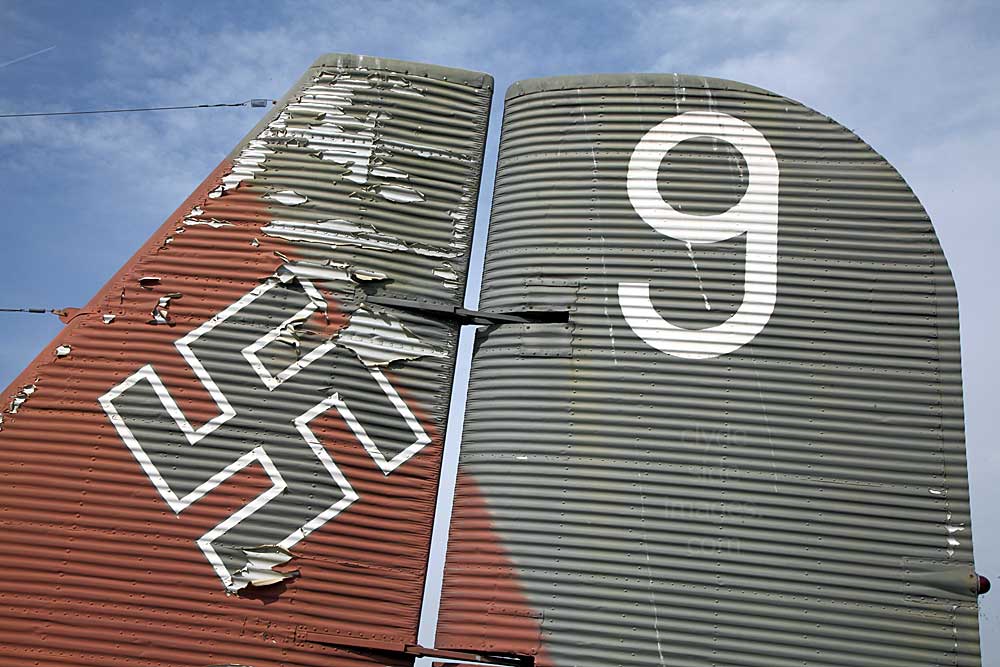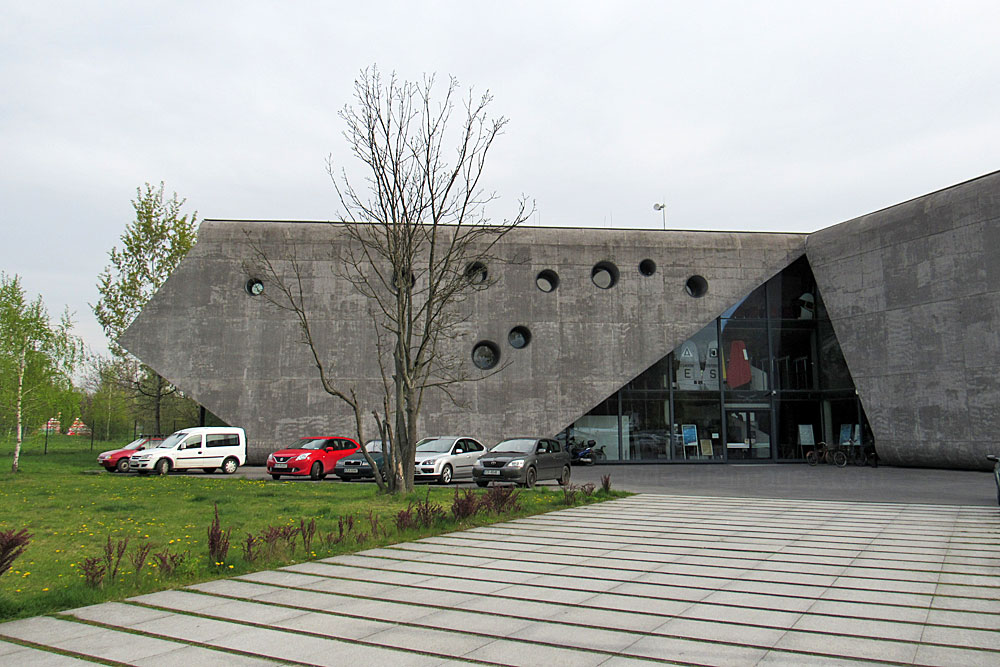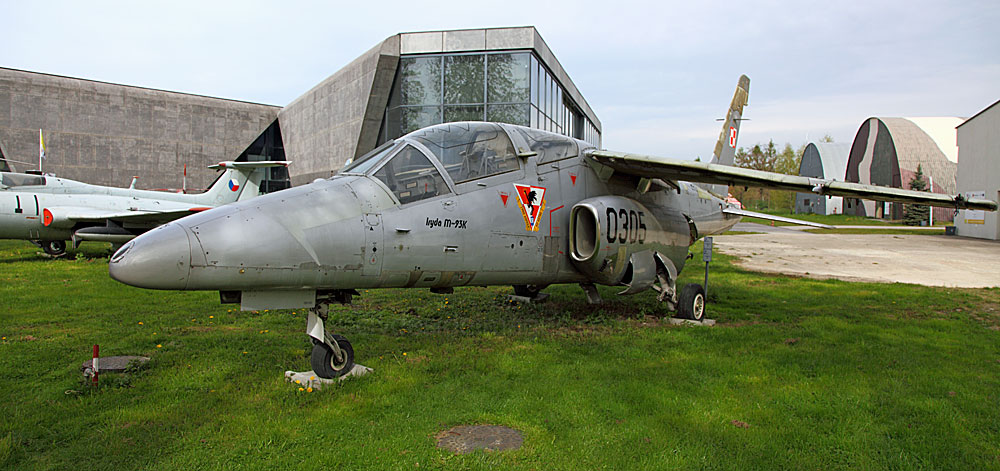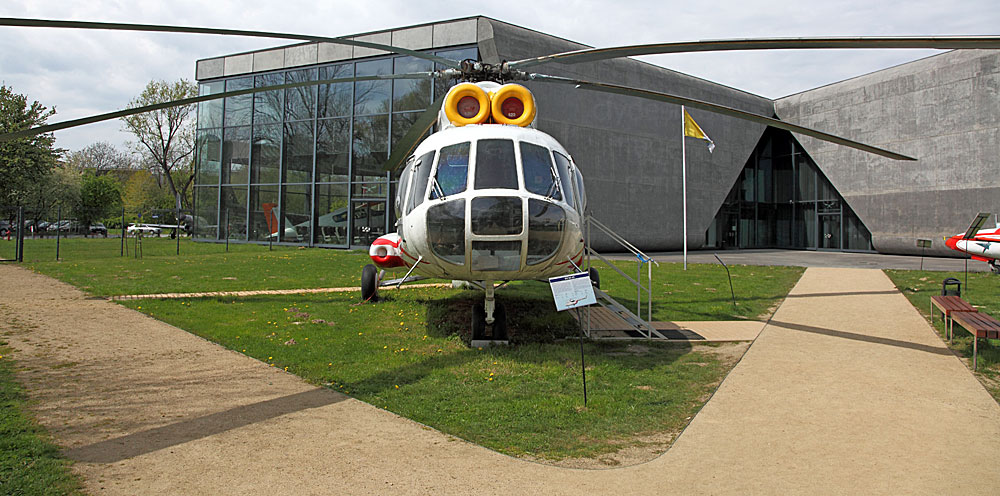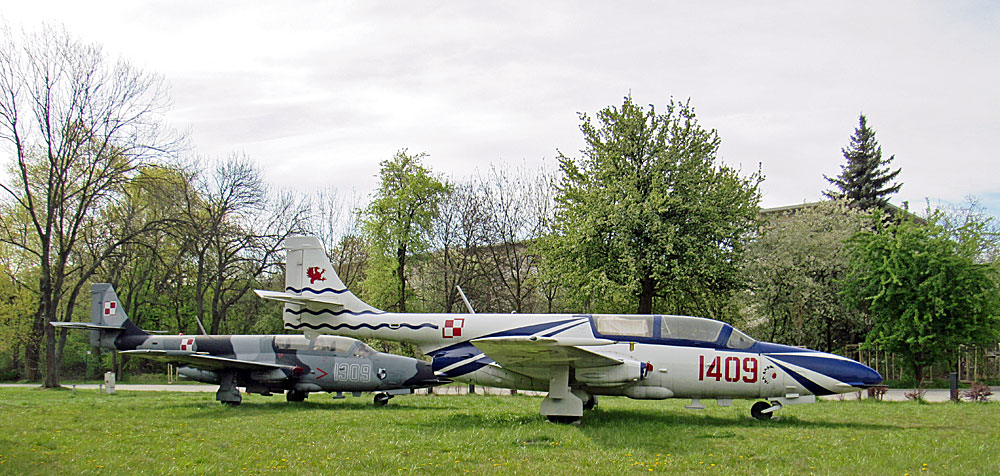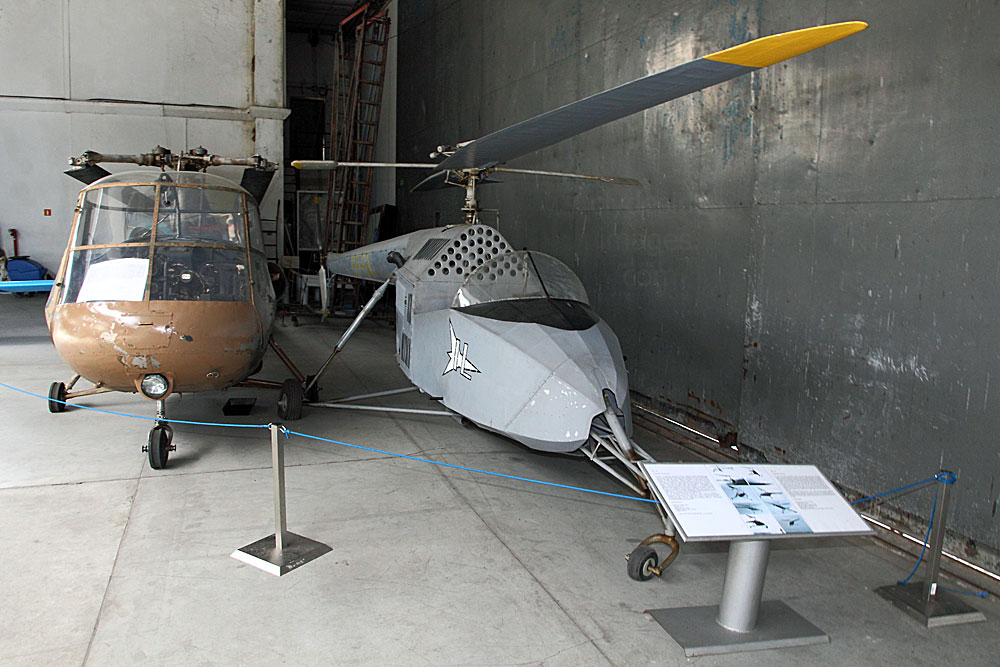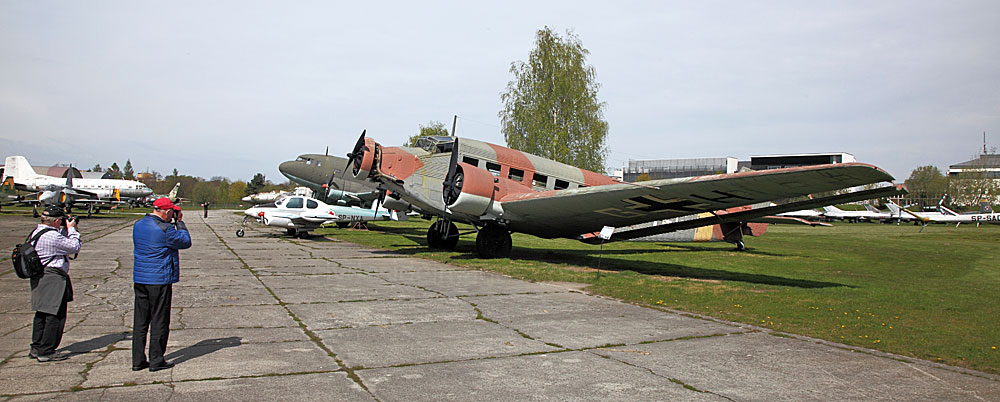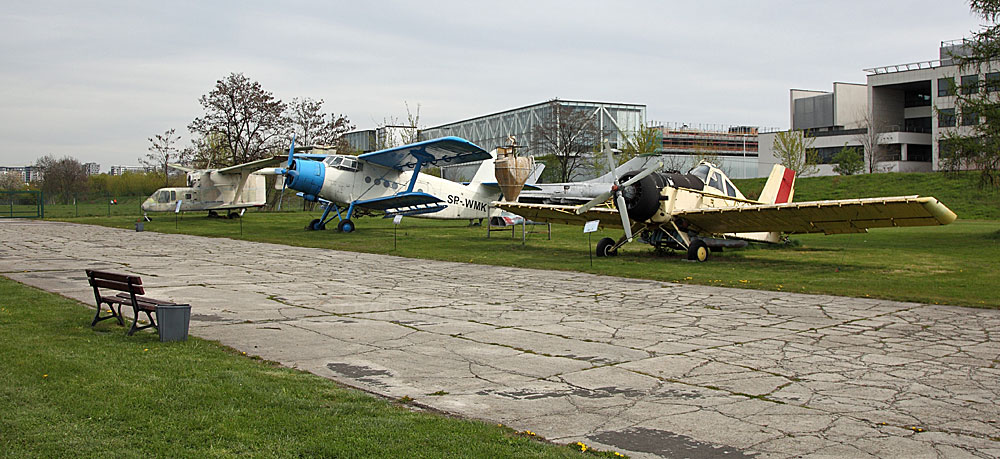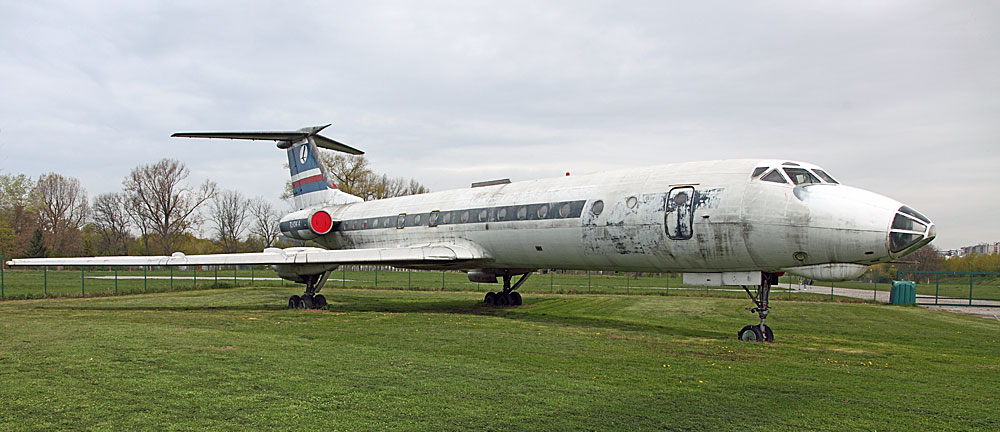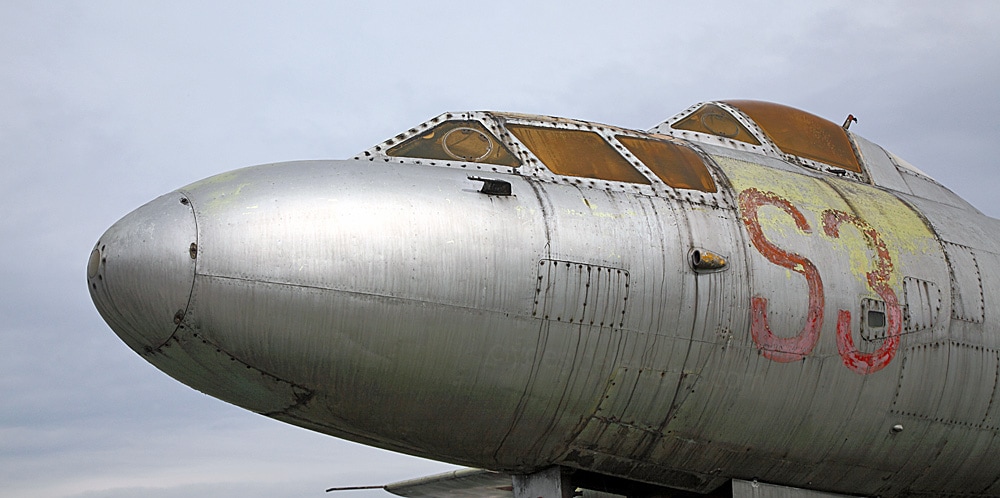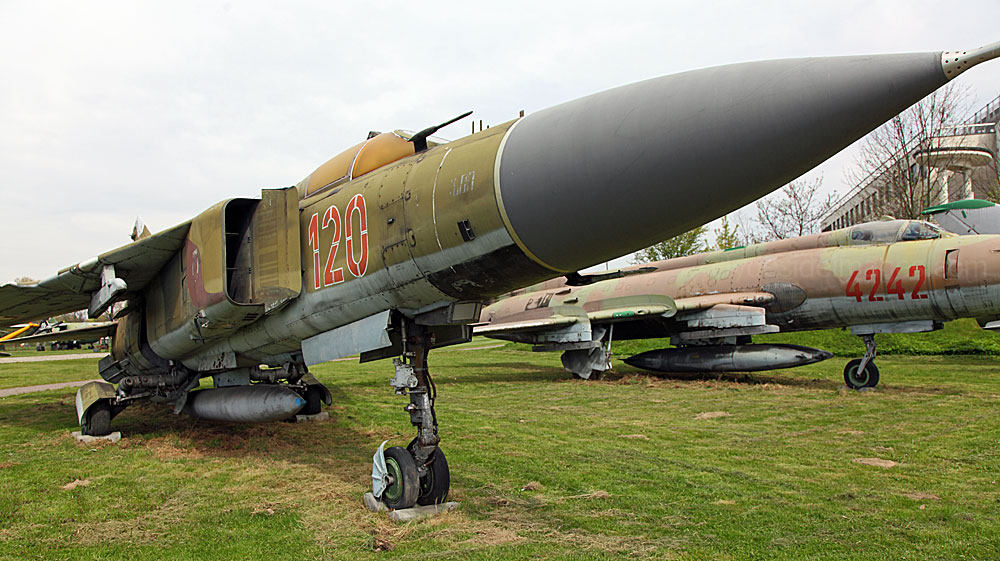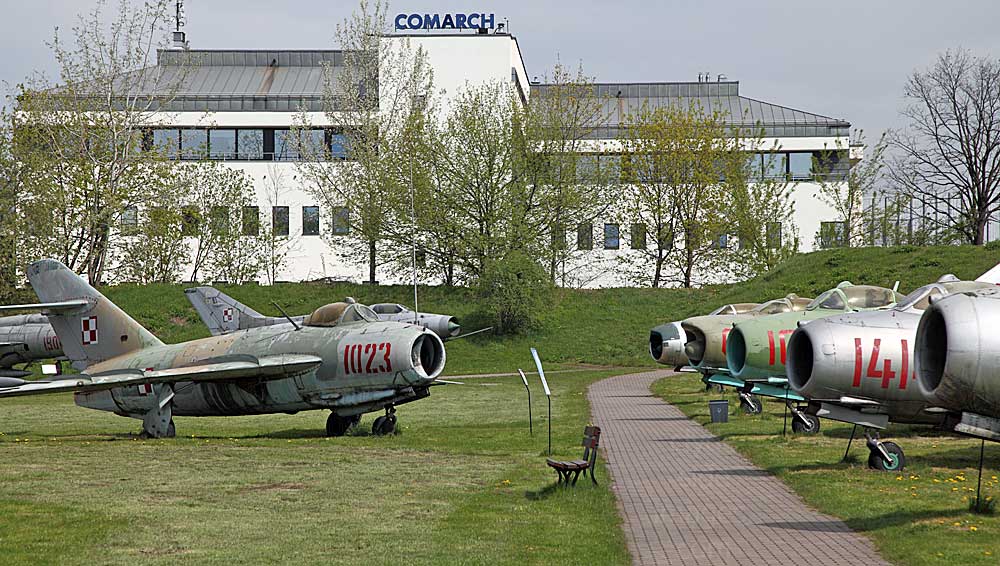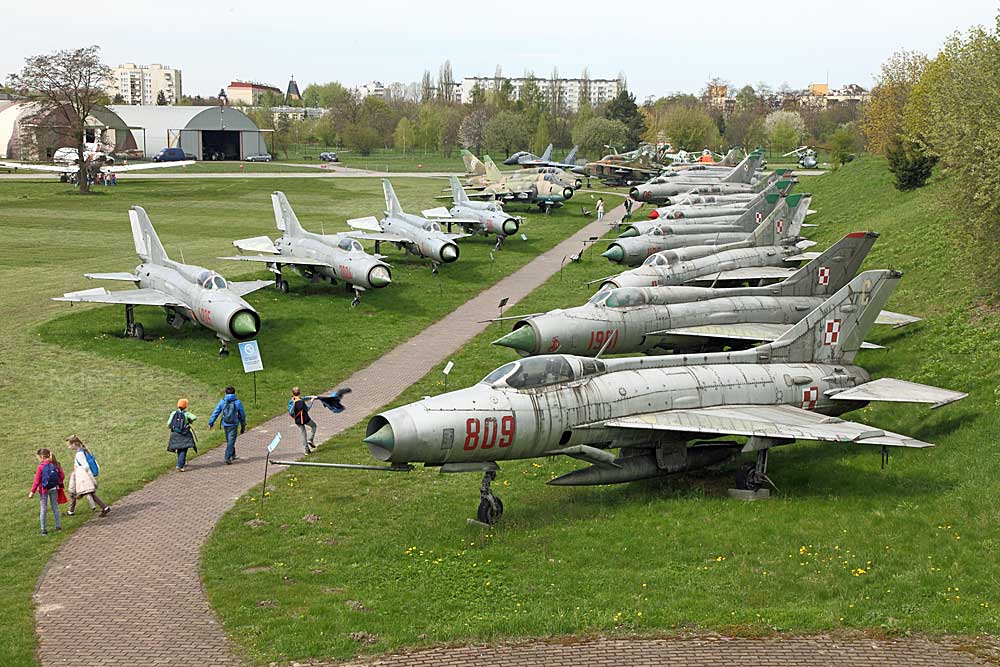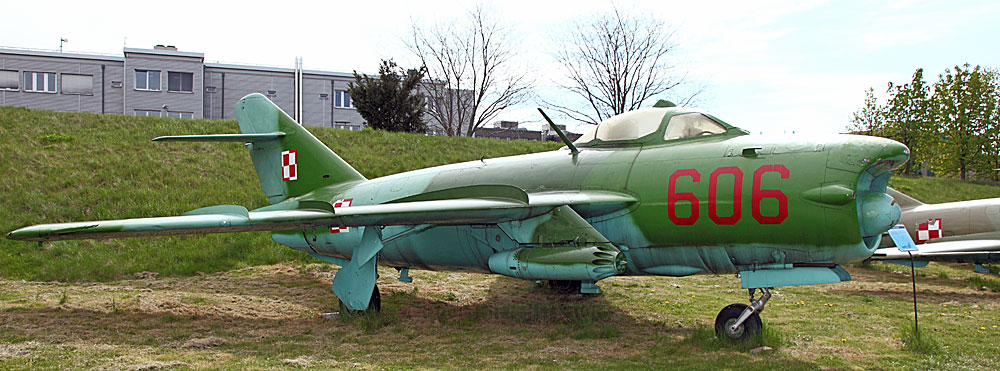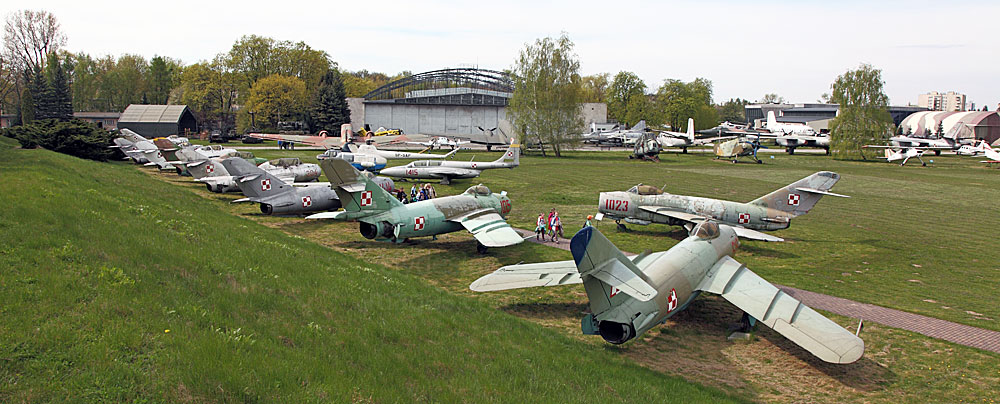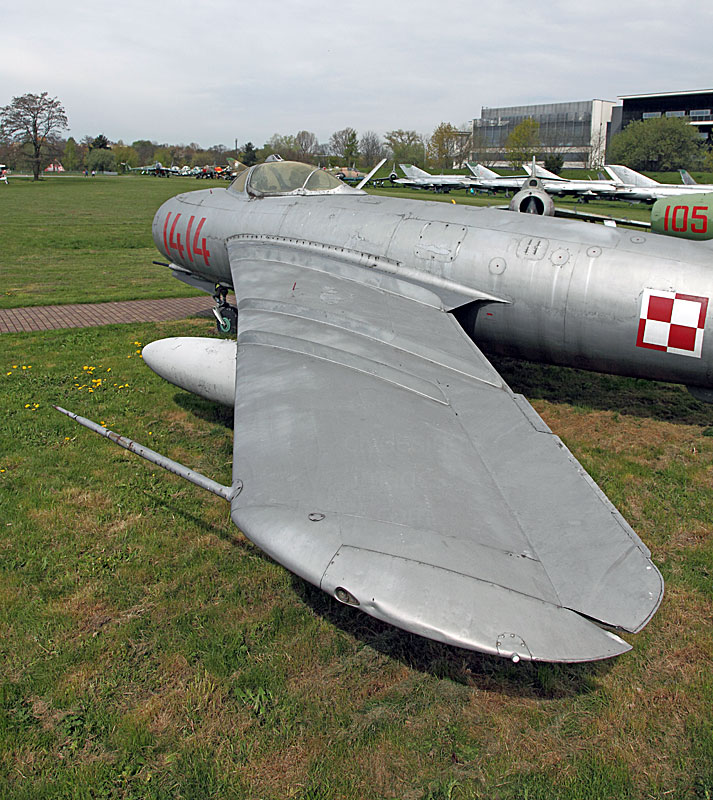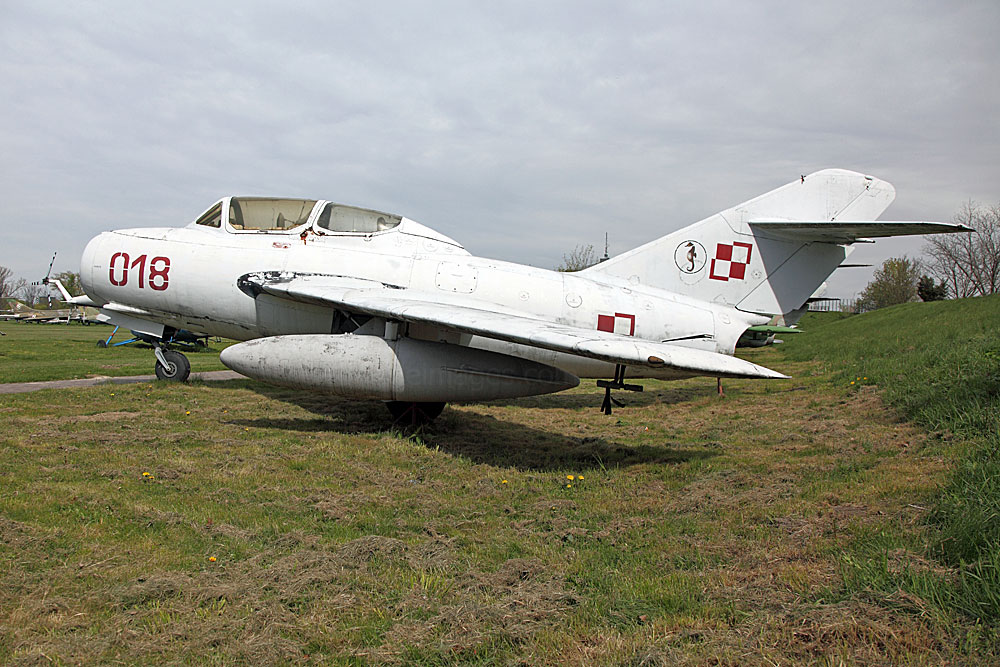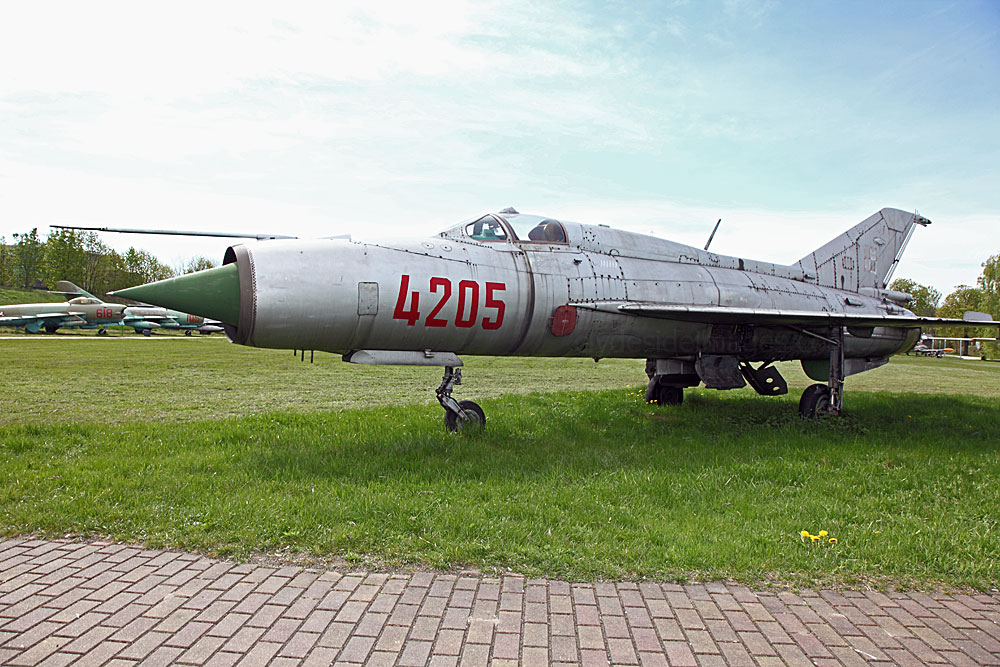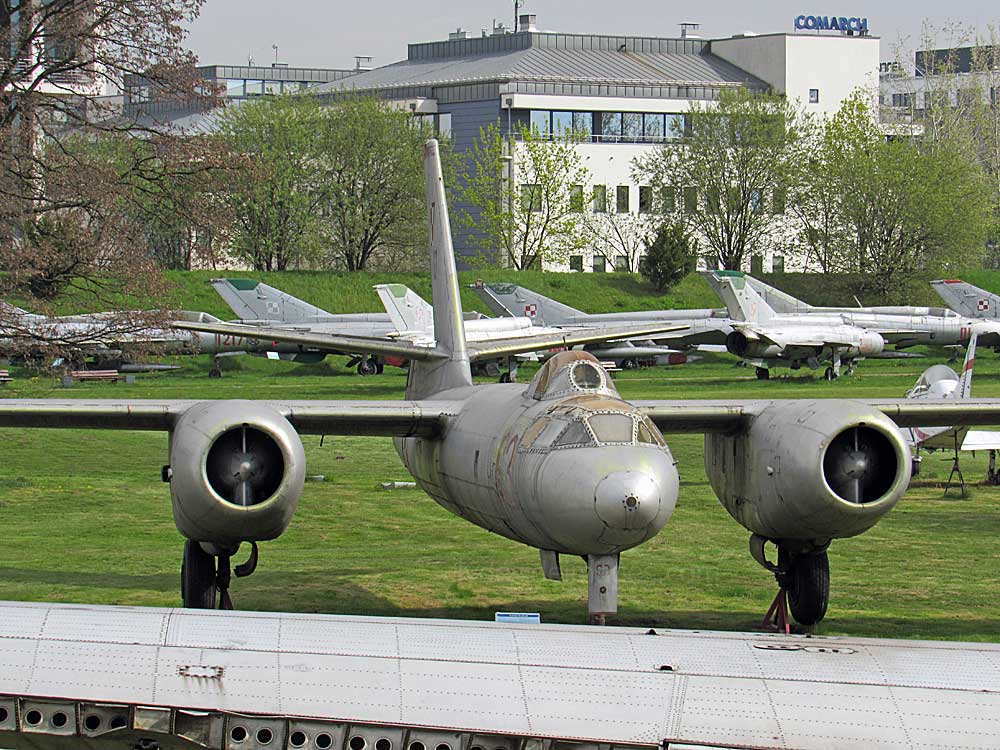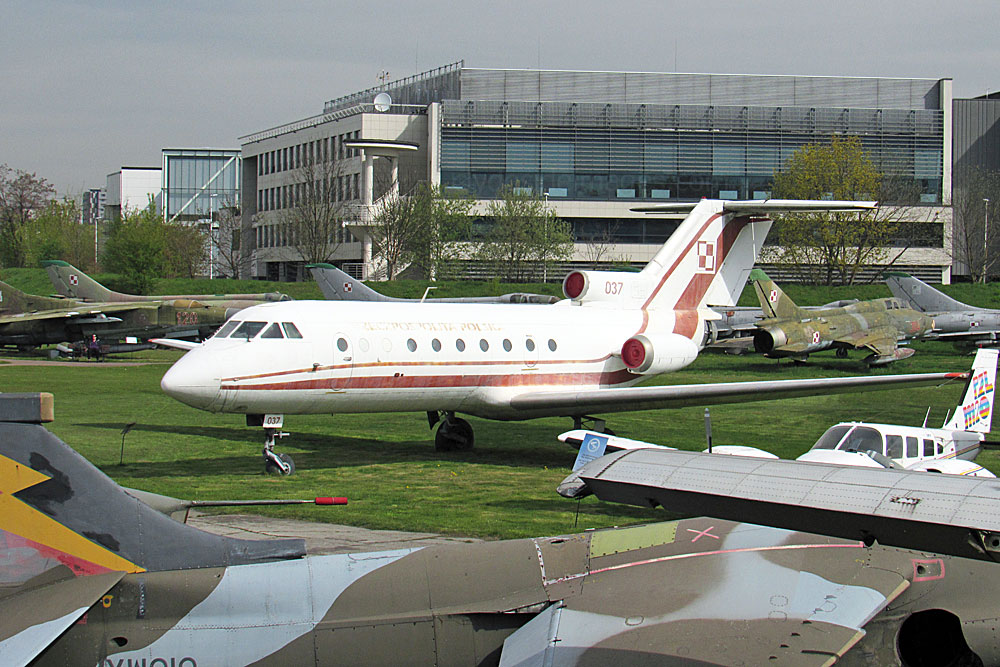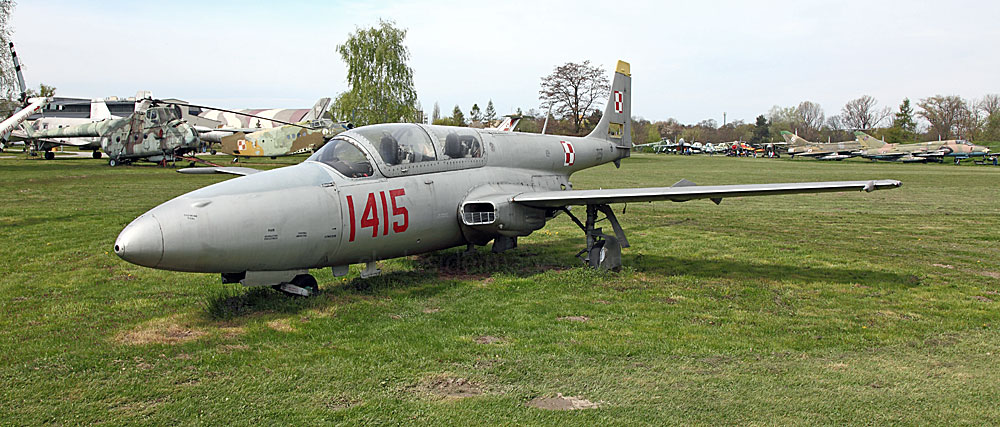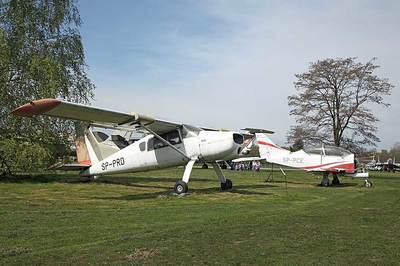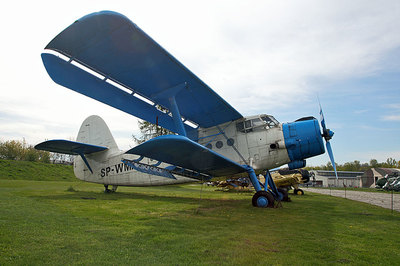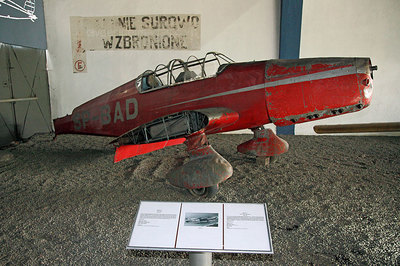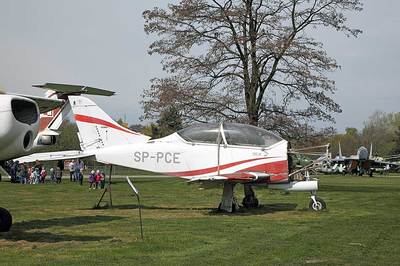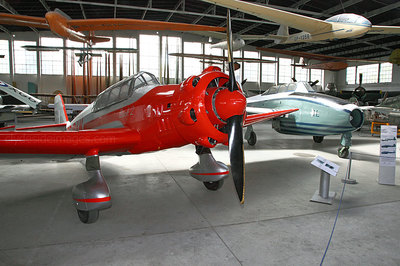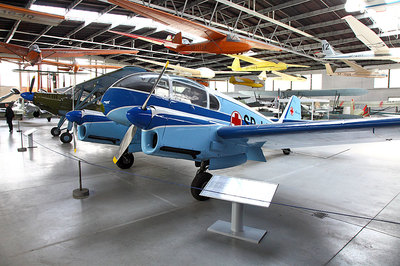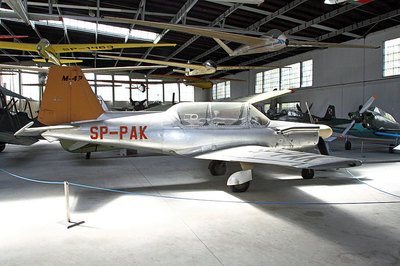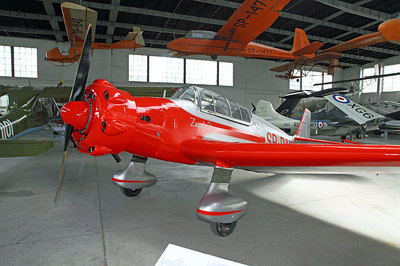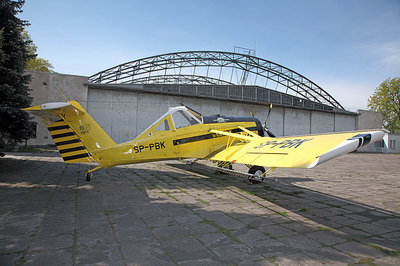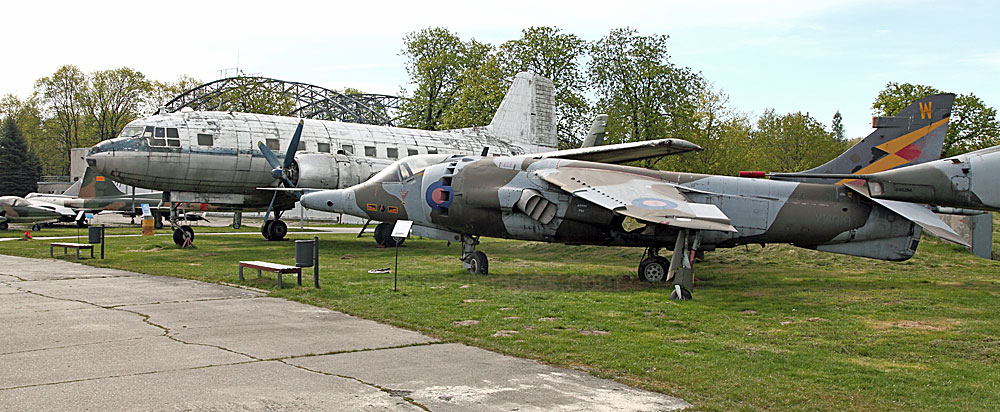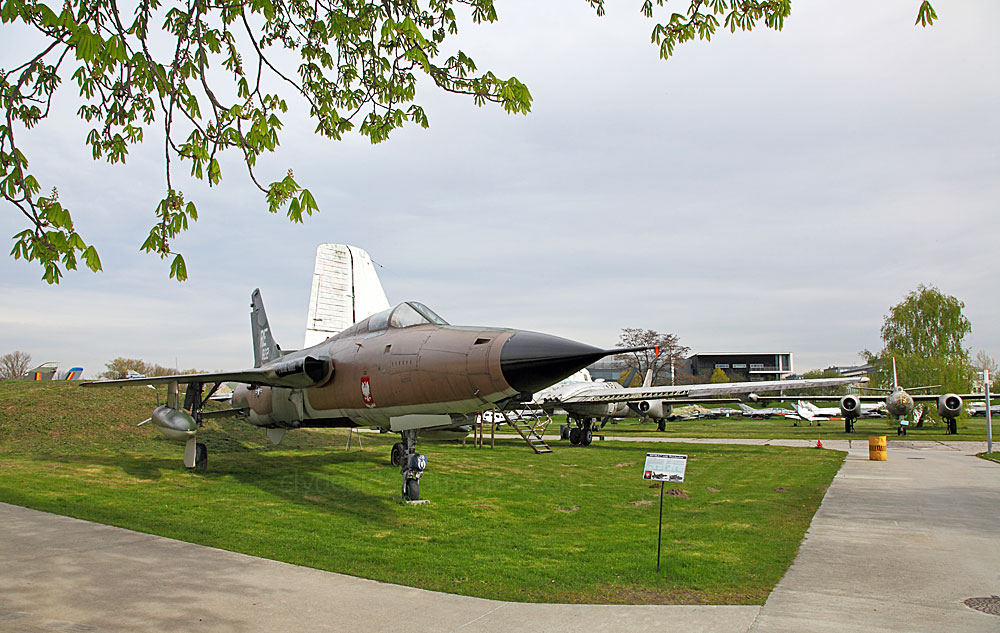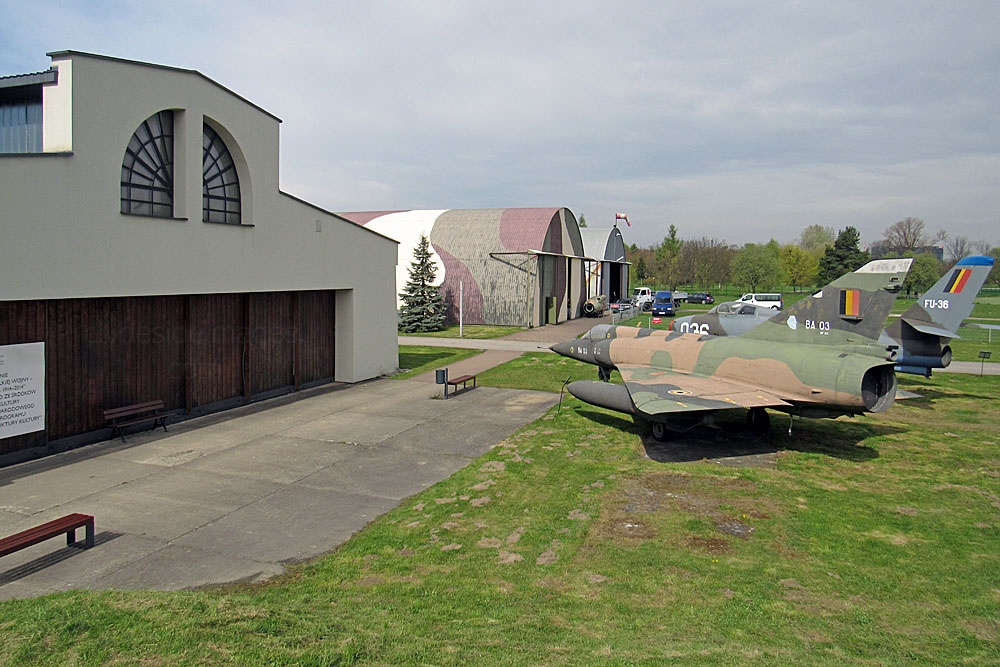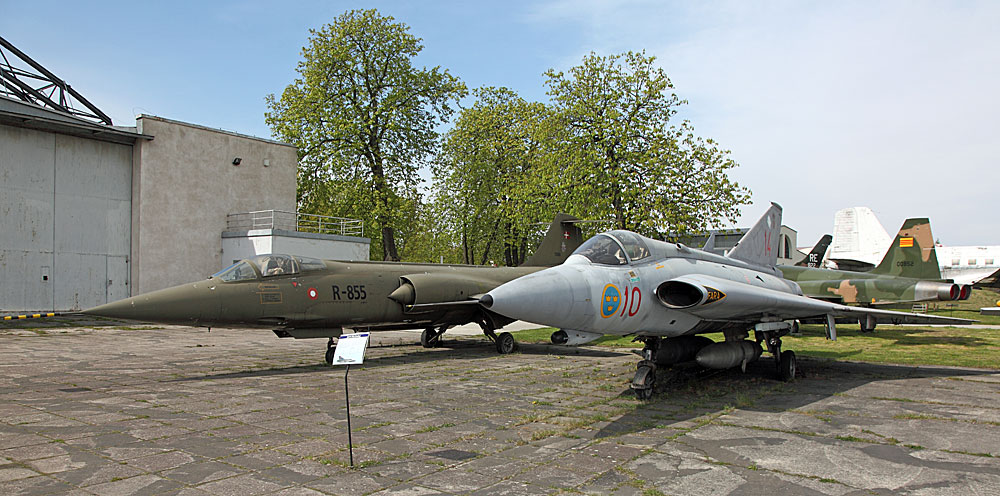Krakow
The Polish National Aviation Museum
|
The Polish National Aviation Museum on the outskirts of Krakow is situated on the site of Rakowice-Czyżnyone airfield, which is one of the oldest military airfields in Europe. Formed in 1964, the attraction has expanded steadily, and now has over 200 aircraft, plus gliders, aero engines, missile systems and artillery pieces on display, making it one of Europe`s premier aircraft museums.
It was back in the late 1800s, that the airfield was first used for military flying when it was home to a balloon detachment of Garrison Artillery from the 2nd Regiment based at Krakow Fortress. Then, in 1912, the headquarters of the Austrian aviation unit called Flugpark 7 was formed at the airfield. During 1914, aircraft from Rakowice took part in the defence of Krakow and then, from 1915 onward, as the front-line moved eastward, the airfield was used as a training and repair base. |
|
In 1918, after hostilities had ended, the airfield soon became one of the staging points for an airmail service between Vienna and Kiev/Odessa, the first such scheduled service in Europe. On the 31st October 1918, the control of the airfield passed to Polish Military Authorities, thereby making Rakowice the first military airfield in Poland, then a country still awaiting Independence. A week later, the first Polish aviation unit, known as the 1st Combat Squadron, was formed here.
During the 1920 Polish-Soviet War, Rakowice-Czyżnyone primarily operated as a Pilot School, training new airmen for the rapidly expanding Polish Air Force. The aviation repair workshop even began some limited aircraft production and in 1921, the 2nd Air Regiment was formed. By the late 1920s, the airfield was the second largest Polish Air Force base and so, in common with all the other airfields in the country, was the target of concentrated German bombing in September 1939, when Germany invaded, heralding the start of the Second World War. |
The Germans extended the runway eastwards to Czyżyny and used the airfield as a staging post for supplying the Eastern Front. This sign, dating from the German occupation, is still visible on one of the hangar doors. Towards the end of the war, in January 1945, the advancing Russians captured the airfield and transferred control to Polish authorities a few months later. Then, as often happens to metropolitan airfields, the encroachment of residential buildings (and a new steel works) made the airfield`s location less than ideal, so the Polish Air Force left Rakowice and re-located at Balice, now Krakow`s international airport, 10 miles to the west. Finally, airfield activity ceased at Rakowice-Czyżnyonein in 1963 when the airline LOT departed.
The museum`s main entrance: Several aircraft are displayed nearby including PZL I-22 Iryda M-93K serial number 0305. This jet trainer was developed during the 1970s and 1980s as the replacement for the TS-11 Iskra. The prototype, powered by PZL-5 engines, made its maiden flight in 1985 and the M-93K version, powered by more powerful engines, followed in 1992. Due to its protracted development, the Iryda was already obsolete by the time it entered service and after a crash in 1996, in which two pilots were killed, the type was withdrawn from operational duties. Development of the aircraft continued, marrying the airframe with different engines, but none of these versions became operational. A Mil Mi-8S (NATO: Hip) is pictured below.
The Museum`s Official Website: www.muzeumlotnictwa.pl has additional information including a detailed history of most of the aircraft on display.
Due to the large number of aircraft on display, many of the images featured on these Krakow Aviation Museum pages are uncaptioned.
The permanent `Wings of the Great War` exhibition, was remodelled in 2014 to coincide with the 100th anniversary of the outbreak of World War One. The impressive result incorporates not only some very rare aircraft from a bygone age in atmospheric dioramas, but historical items including aviators` uniforms, personal possessions, still photographs and multimedia presentations which make this section of the museum particularly memorable..
Below: The Tupolev Tu-134 (NATO code name: Crusty) was built in the Soviet Union from 1966 to 1989. The original version featured a glazed-nose design (seen here) and, like certain other Russian airliners (including its sister model the Tu-154), it was designed to operate from unpaved airfields. One of the most widely used aircraft in the former Soviet block and associated communist countries, there are many TU-134s still in service, albeit in ever decreasing numbers.
As well as operating as a civilian airliner, the TU-134 has served in various air force, army and navy support roles, including pilot and navigator training, aviation research, test projects and VIP transports. A total of 854 Tu-134s were built of all versions (including test bed examples) with Aeroflot as the largest user; by 1995, the Tu-134 had carried 360 million passengers for that airline alone. The aircraft on display is one of two TU-134s that served with the Polish Air Force from 1974 until 1991.
The Ilyushin SIl-28 (Il-28U, NATO: Mascot) was the trainer variant of the first soviet jet bomber, both of which were designed simultaneously. The trainer had no armament and the instructor's cockpit, with dual controls, replaced that of the navigator/bombardier. Poland purchased 16 of these aircraft which were redesignated SIl-28. This example, serial number 692-16 / S3 served with naval aviation and was stationed at Siemirowice in northern Poland. It was donated to the Krakow Museum in 1979.
Mikoyan-Gurevich MiG-23MF (NATO: Flogger-B) `120`. The 'swing-wing' MiG-23 was developed in the 1960s in response to the US F-14 Tomcat, succeeding the previous MiG-21. It combined greater payload, range and firepower with an vastly improved intercept capability as a result of more powerful onboard sensors. The Model 23-11 prototype first flew in 1967 and production commenced in 1969. Two downgraded export versions of the MiG-23M were produced. The MiG-23MS (Flogger-E) had the MiG-21's 'Jay Bird' radar in a short radome and therefore no `beyond visual range` missile capability. The MiG-23MF retained the 'High Lark' radar and could launch AA-7 missiles. The Polish Air Force bought 36 MiG-23MF's which were delivered between 1979-1982. Six MiG-23UBs were also bought during this period and both types remained in service until 1999.
The Museum is closed on Mondays but free to enter on Tuesdays, which is when I visited. It`s best to get there fairly early as, although the exhibits are spread over a wide area, it can soon become busy with school kids and organised groups, especially in the hangars.
The Lim-6 was a Polish ground-attack aircraft used between 1961 and 1992 by the Polish Air Force. It was a variant of the Mikoyan-Gurevich MiG-17/Lim-5 (NATO reporting name Fresco). Lim-6bis, 6R, 6M and 6MR were used by the Polish Air Force as its most numerous attack aircraft until the 1980s. The last were finally withdrawn in 1992. Some were exported to East Germany (German Democratic Republic), Egypt and Indonesia. Some GDR machines found themselves in Guinea-Bissau in the 1980s.
Western jets include the Harrier, F-105D Thunderchief, Mirage 5, F-104G Starfighter and Saab Draken.
Please bear in mind that all images on this website and my blog are Copyright. They are not free to use and have been embedded with a digital watermark.
